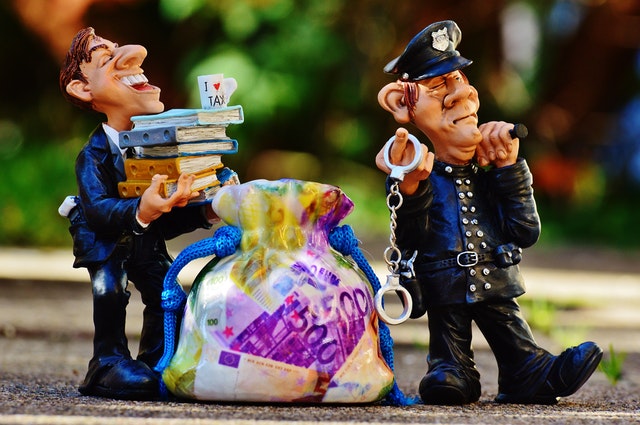3 Functions of Pricing in Hospitality
 PriceBeam
·
2 minute read
PriceBeam
·
2 minute read

Most revenue managers will view their pricing as a tool to optimize RevPAR through increasing either revenue from room rates or from the number of rooms rented out (i.e. by increasing occupancy rates). However, pricing in the hospitality industry has more functions than just managing room occupancy and revenue per room.
#1: Indicator of Sacrifice
This is the one that most revenue managers focus almost entirely on. It is the most basic function of price; it tells the customer how much he must give up to obtain the good or service (i.e. the hotel room). The reason I include this important, albeit basic, function of price is to emphasize that it is just one of several functions. Consumers are not that rational after all, and they don’t have the necessary insight and information to make a complete cost/benefit analysis of your offering vs your competitors’. They probably never visited your establishment before, nor any of the competitors’, so how can they?
The best they can do is to assume that the price point matches the value they get.
#2: Indicator of Quality
A high price signals that the quality is equally high. Even if it’s not, the customer will perceive the room to be of higher quality if the price is higher, thus making the price a crucial tool in building and managing your brand. There is even research suggesting that a higher price will lead to higher guest satisfaction; that is, if keeping ‘value obtained’ constant, and only your price is adjusted (i.e. set higher than the alternative), the higher-priced option will lead to better reviews on TripAdvisor. As such, the price is both a tool to have potential guests perceive your establishment as high-quality before deciding which hotel to book; but also, it’s a tool to positively influence their experience once they’re actually at the hotel.
It actually makes perfect sense; to reiterate a statement from numerous other articles on this blog: consumers hate, hate, hate to make unwise purchase decisions. So if they paid $200 for a hotel room, they will, to a certain extent, try to convince themselves, their travel companion(s), and social group that the value they got, exceeded the amount they paid. Roughly speaking, they will step in as ambassadors for your establishment, to avoid making themselves look bad.
I’m not saying you should play your guests by setting a ridiculously high price and then totally underdeliver, not at all. But the correlation is there, and should be considered, too, when making pricing decisions.
#3: Room Availability Uncertainty
The hospitality industry is one of the few industries where price discrimination is not only condoned, it’s also expected. If you don’t use price discrimination and dynamic pricing, it may have a negative impact on customer satisfaction.
The reason is two-fold; first, the factors used in differential pricing in the hospitality industry are very well aligned with customers’ fairness perception. For instance, lead-time. If you book a room close to the ‘target day’, i.e. with a short lead time, you’ll pay a high price; this perfectly matches the basic fairness concept of queueing and ‘first come first served’, right?
Secondly, customers expect that they can always get a room, as long as they’re willing to pay the price. A business traveller calling up the Hilton on the day of his arrival to book a room will be immensely disappointed if told that no matter how much he pays, he just can’t get a room (or the room type he’s used to, even in this situation he probably won’t pay for the bridal suite).
The point here is that even though maxing out your occupancy rate may maximize RevPAR, it will also create ‘room availability uncertainty’ which is very, very bad for your brand and customer loyalty. It’s the single most detrimental thing for repeat purchases, and especially big chains rely heavily on loyal customers.
.png?width=400&height=100&name=PBLogoTransparent%20(1).png)




